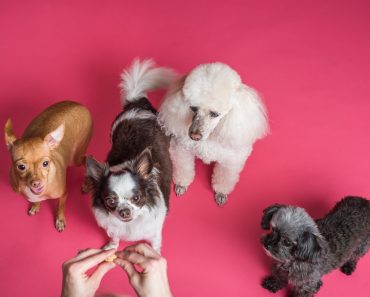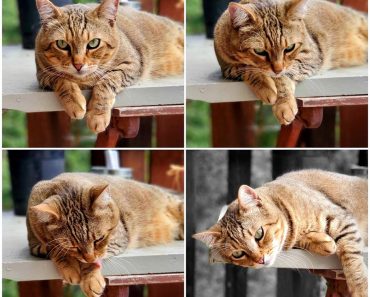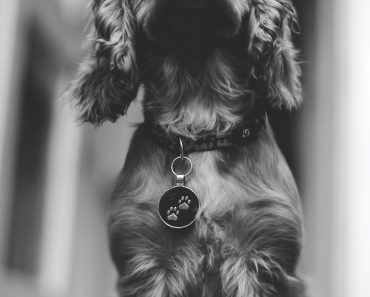Author: Jamie
I'm a busy blogger pet parent to my senior-aged cat Pizza. We have traveled all over Los Angeles, endured several moves, jobs, roommates and now global pandemic together. Today we write, learn, and share information and our favorite products, in hopes you can experience your best life with pets too, We currently live with other humans and their beautiful dog.
Author: Jamie
I'm a busy blogger pet parent to my senior-aged cat Pizza. We have traveled all over Los Angeles, endured several moves, jobs, roommates and now global pandemic together. Today we write, learn, and share information and our favorite products, in hopes you can experience your best life with pets too, We currently live with other humans and their beautiful dog.
August 9, 2020
JamieJamie
Certainly, YES! It is a foolproof way to identify your pet, provided you have registered your current contact info with the correct registry. Veterinarians have universal scanners to I.D. the chips. Unlike a collar, once a chip is inserted it rarely gets lost, even if it does most likely it[...]
August 5, 2020
JamieJamie
Tips to consider in choosing a new cat or kitten Getting or adopting a kitten from a rescue or shelter location can be an amazing and rewarding experience. There a a few important things to look for when choosing a rescue cat or kitten. Still, you should take a few[...]
August 5, 2020
JamieJamie
You love to see your dog playing, right? Our best friends love toys, but beware, not all of them are suitable for all dogs. It can be hard to choose the right indestructible chew toy for your dog. The furry ones also have their personal preferences. In this post, we[...]
August 4, 2020
JamieJamie
What every puppy should know Now that you have brought your new family member home and your new puppy is settling in it is time to start his obedience training. Puppies can begin their obedience training as early as seven or eight weeks old. There are several very basic commands[...]
August 1, 2020
JamieJamie
This is A Wandering Pet Pal of the week, Frankie He lives in California and loves his California sun. Isn’t he a handsome guy? He looks like quite the tomcat.[...]
July 27, 2020
JamieJamie
Pet I.D.’s are important. Yes, your pet needs I.D. tags. Valid up-to-date pet identification or I.D. is one way a responsible pet owner can keep their animals safe and free from danger. You can be an excellent loving owner to your pets. However, sometimes pets get away from us anyways.[...]







